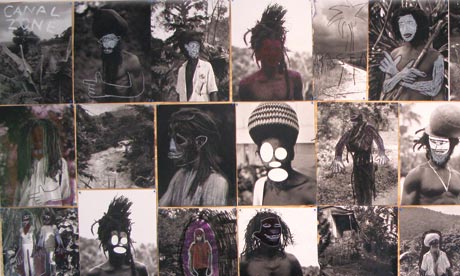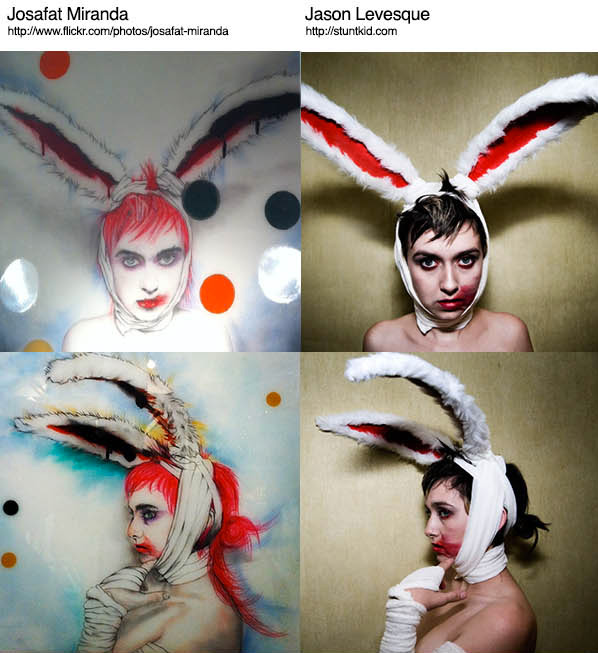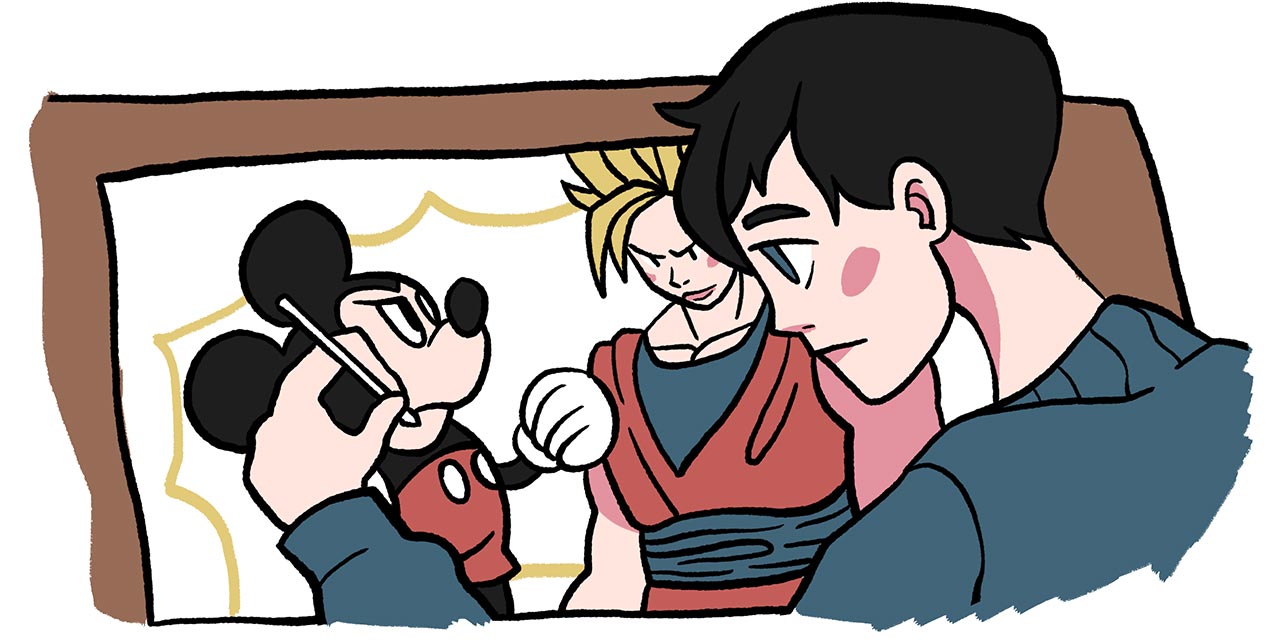
Artist Richard Prince is known for taking people’s artwork and changing them slightly so that he can sell them for profit. He creates “new” pieces by relying heavily on the work of others. However, Prince took things a little bit too far when he entered the world of Instagram and sold Doe Deere’s (the CEO of the makeup brand LimeCrime) image in an art gallery for $90,000. Instagram is an application in which people can post photos freely, essentially releasing them into open territory. However, is what Price is doing considered a copyright infringement? Or is it in the grey area of fair use?
Doe Deere posted an Instagram image of herself holding a doll that was created by a friend in order to promote and support his doll company. Her caption on the photo expressed her liking for his work to get his brand out there. Prince then screen-shot the image and sold it in a gallery exhibition without permission from Deere. He claims to have gotten around the copyright law by deleting her words and replacing them with his own. In his caption, the owner of the doll company was not mentioned and it completely changed the context of the photograph. Many people were outraged by the fact that someone can make $90,000 off of an image that was essentially stolen. Also, the doll designer was really upset that this photograph was changed from an image that supported his company into something completely different.
With the evolution of the digital age came many problems with copyright. Today it is so easy to steal and share material and information. A long time ago, before the Internet and social media, it was pretty hard to duplicate someone’s artwork and reproduce it as your own. However, today, it is done with a click of a button. Editing tools such as Photoshop make it so easy to replicate and reproduce photographs and images. So much art today is electronic, therefore, it is also very easy to take an artwork and slightly alter it. All Robert Prince had to do was delete Deere’s words and fill in his own to make the artwork “his.” This is something called “lazy art” by many. This is becoming a huge problem in the art world as it is much more difficult to protect your work. Especially when it comes to social media, photographs are constantly being posted on the Internet. Therefore, they can fall into the hands of pretty much anyone around the world. The issue becomes whether or not these people can do anything with these photographs that you willingly released in the name of art. Also, to what degree do you have to change an image to call it your own and get around the copyright laws? W
hen it comes to Robert Prince, reproducing photographs isn’t exactly new territory for him. Prince was involved in a long copyright infringement lawsuit with photographer Patrick Cariou when Prince took many of his photographs without his permission and added small things to them such as circles over the subject’s eyes in order to call them his own. He then sold these images for up to $10 million. Cariou was outraged by this, as he saw it as stealing, and proceeded to sue Prince. It was decided by the court as copyright infringement in 2011, however, was overturned by an appeals court in 2013 by calling it “fair use.”
At the Frieze art fair, Richard Prince also presented many “rephotographed” Instagram photos taken from SuicideGirls, a community of punk rock models and dancers. Unlike Cariou, SuicideGirls did not sue but took another form of revenge instead. Selena Mooney, the founder, posted on the group’s website that she will sell prints of the Instagram photos for $90. All of these proceeds will go to charity. By doing this she hopes prove her distaste for what Prince is doing and shine him in a poor light by giving the money to charity. She posted: “Do we have Mr. Prince’s permission to sell these prints? We have the same permission from him that he had from us. ;)” By doing this, she emphasizes the fact that Prince did not ask permission to use their images, nor did he for Doe Deere’s or Cariou’s photographs. She also is turning the incident into something good and taking the high road. Instead of selling their images for their own greed and monetary benefit, they are supporting a different cause and showing their character.
After years of Richard Prince composing this “lazy art” and using other people’s work for his own benefit, many critics have become outraged and often bash him on social media, such as twitter. Some examples of these tweets are: “People like you give contemporary art a bad name and it bums me out” and “In case you haven’t figured it out by the swarm of comments, taking someone’s Instagram photo enlarging it and slapping it on some canvas is not “Modern Art.” The problem that many people have with him is the fact that he turns stolen material into modern art and it is actually paying off for him. The court rulings are essentially demonstrating that this type of behavior is okay and that his art is worth the thousands of dollars that he is getting. With the digital age, copyright is getting harder and harder to control and monitor. Instagram is an open space where people share their images and photography freely to the world. There is essentially no protection over the images, therefore, people can use them and recreate them into new art. However, there is a fine line between developing the art into something new and just stealing it. It seems very clear that Prince is doing the latter. In the example of Doe Deere’s photograph, the image that he sold for $90,000 is an exact replica. This, in my opinion, as well as many other critics, should not be allowed and should be an infraction of copyright.
Sources: http://observer.com/2015/05/meet-the-doll-maker-and-instagram-star-hacked-by-richard-prince/ http://www.artnews.com/2015/05/27/90-vs-90000-suicidegirls-are-selling-their-richard-prince-appropriated-instagram-photos/







